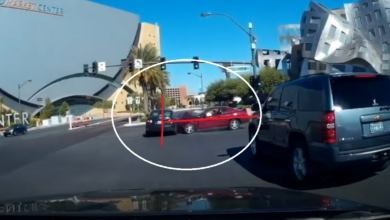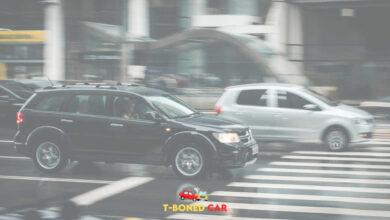T Boned Car Repair Cost
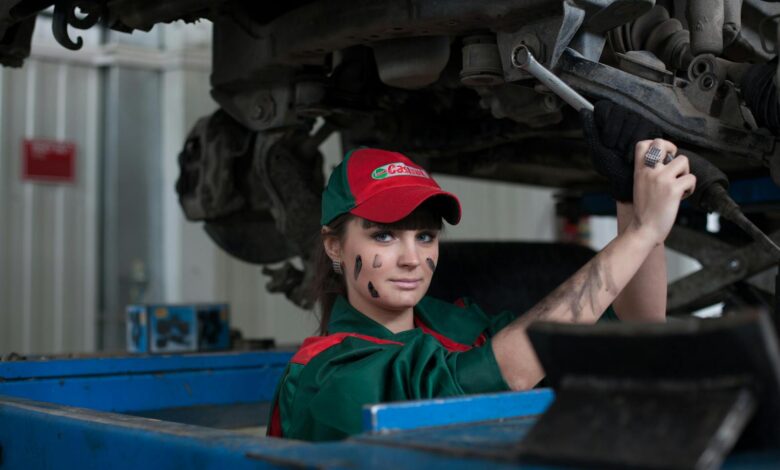
A T-bone car accident, also known as a side-impact collision, occurs when the front of one vehicle crashes into the side of another, forming a “T” shape. These accidents can result in significant damage to vehicles and severe injuries to occupants, leading to substantial repair costs and medical expenses. Understanding the potential financial implications is crucial for vehicle owners and accident victims.
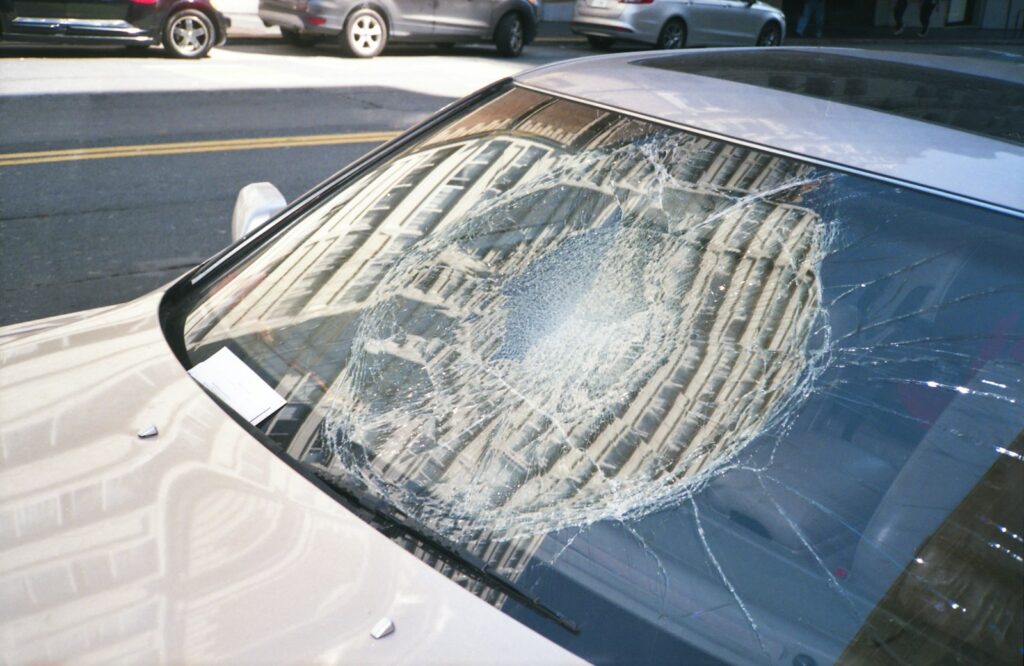
Factors Influencing Repair Costs
Several factors determine the repair costs following a T-bone collision:
-
Severity of Impact: The force of the collision directly affects the extent of damage. A high-speed impact typically results in more severe damage, leading to higher repair costs.
-
Vehicle Make and Model: Luxury or imported vehicles often have higher repair costs due to the price of parts and specialized labor required.
-
Extent of Structural Damage: Damage to the vehicle’s frame or structural components can be particularly costly to repair, as it may require specialized equipment and significant labor.
-
Advanced Vehicle Technology: Modern vehicles equipped with advanced safety features and sensors may incur higher repair costs. Recalibrating or replacing these systems adds to the overall expense.
Common Repair Costs
Below is a table summarizing typical repair costs associated with T-bone collisions:
| Repair Type | Estimated Cost Range |
|---|---|
| Window Replacement | $100 – $400 |
| Car Door Replacement | $500 – $800 |
| Frame Damage Repair | $600 – $10,000 |
| Suspension Damage | $1,000 – $5,000 |
| Airbag Replacement | $1,000 – $1,500 |
Note: These estimates can vary based on the vehicle’s make, model, and the specific circumstances of the accident.
Impact of Modern Vehicle Technology on Repair Costs
The integration of advanced technologies in modern vehicles has led to increased repair costs:
-
Advanced Safety Features: Features such as automatic emergency braking and blind-spot monitoring, while enhancing safety, can be expensive to repair or replace if damaged.
-
Onboard Computer Modules: Modern vehicles may contain numerous computer modules. Recalibrating sensors after a collision can add approximately $500 to repair costs.
Case Study: High Repair Costs Due to Advanced Features
Consider the example of a side-view mirror replacement:
-
Traditional Mirror: Replacing a basic side-view mirror on an older vehicle might cost between $200 and $400, including labor.
-
Advanced Mirror: A side-view mirror equipped with cameras, sensors, and heating elements on a modern vehicle could cost between $1,200 and $1,500 to replace, plus additional labor costs.
Medical Expenses Resulting from T-Bone Accidents
In addition to vehicle repair costs, T-bone collisions can lead to significant medical expenses:
-
Emergency Room Visits: The average cost of an emergency room visit is approximately $3,300.
-
Hospitalization: Each hospitalization may cost around $57,000.
-
Specific Injuries:
- Whiplash: Treatment typically involves chiropractic care, costing between $100 and $200 per visit.
- Broken Arm: Non-surgical treatment can range from $1,000 to $2,500, depending on insurance coverage.
- Hip Fracture: The lifetime cost for treating a hip fracture is approximately $81,300.
- Neck Injury: Severe neck injuries requiring surgical intervention can cost between $80,000 and $150,000.
- Spinal Cord Injury: Treatment and hospitalization average around $198,000.
- Head Injury: Lifetime costs for treating head injuries range from $85,000 for mild concussions to $3 million for severe injuries.
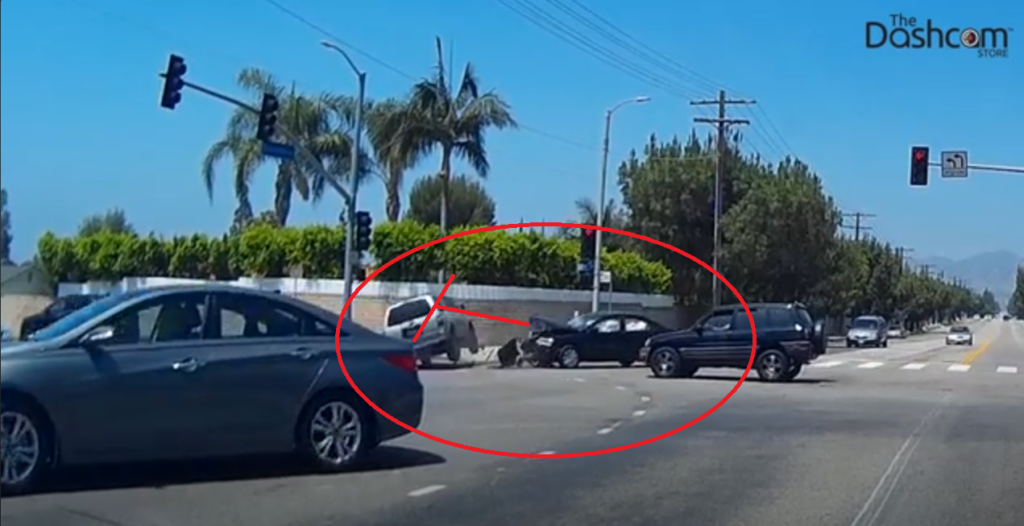
Legal Settlements and Compensation
Victims of T-bone accidents may seek compensation through legal settlements. Settlement amounts vary based on factors such as injury severity, medical expenses, lost wages, and pain and suffering. For example, a T-bone collision resulting in cervical surgery led to a $600,000 settlement, covering $100,000 in liability and $500,000 in underinsured motorist (UIM) policy limits.
T-bone collisions can lead to substantial financial burdens, encompassing vehicle repair costs and medical expenses. The integration of advanced technologies in modern vehicles, while enhancing safety, has contributed to increased repair costs. Understanding these potential expenses underscores the importance of adequate insurance coverage and awareness of legal rights following such accidents.
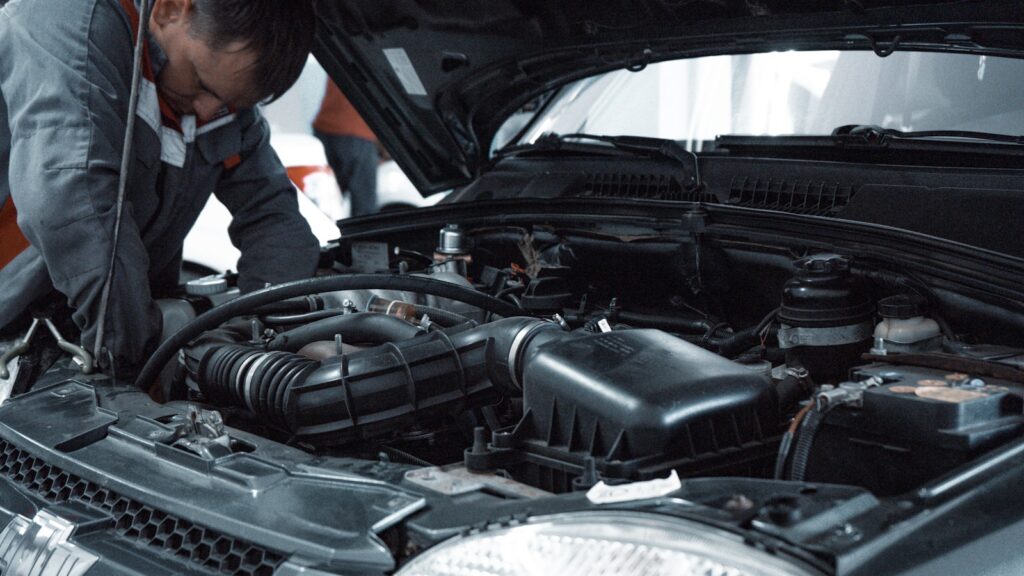
Frequently Asked Questions
-
What is a T-bone car accident?
- A T-bone car accident occurs when the front of one vehicle crashes into the side of another, forming a “T” shape.
-
What factors influence the repair costs of a T-bone collision?
- Factors include the severity of the impact, vehicle make and model, extent of structural damage, and the presence of advanced vehicle technologies.
-
How do modern vehicle technologies affect repair costs?
- Advanced safety features and numerous onboard computer modules can increase repair costs due to the complexity and expense of recalibrating or replacing these systems.
-
What are common medical expenses resulting from T-bone accidents?
- Medical expenses can range from emergency room visits averaging $3,300 to treatments for severe injuries like spinal cord damage, which can cost around $198,000.
Can I claim compensation for a T-bone accident?
- Yes, if the accident was caused by another driver’s negligence, you may be entitled to compensation for vehicle repairs, medical expenses, lost wages, and pain and suffering through an insurance claim or legal settlement.
- Medical expenses can range from emergency room visits averaging $3,300 to treatments for severe injuries like spinal cord damage, which can cost around $198,000.
-
-
How long does it take to repair a car after a T-bone accident?
- The repair time varies depending on the severity of the damage. Minor repairs, such as window replacements, may take a few days, while frame and structural damage repairs can take several weeks.
-
Is it worth repairing a T-boned car, or should I consider selling it as salvage?
- If the repair costs exceed the car’s market value, your insurance company may declare it a total loss. In such cases, selling the car for salvage might be a better option.
-
How can I reduce my repair costs after a T-bone collision?
- Consider using aftermarket parts, getting multiple repair estimates, and checking if your insurance covers some of the expenses.
-
Will my insurance cover the repair costs of a T-bone accident?
- It depends on your policy. Collision coverage typically pays for repairs regardless of fault, while liability coverage only covers damages if the other driver was at fault.
-
How can I prevent T-bone accidents?
- Defensive driving, obeying traffic signals, and using advanced driver assistance systems (ADAS), such as automatic emergency braking and blind-spot monitoring, can help prevent side-impact collisions.
-

